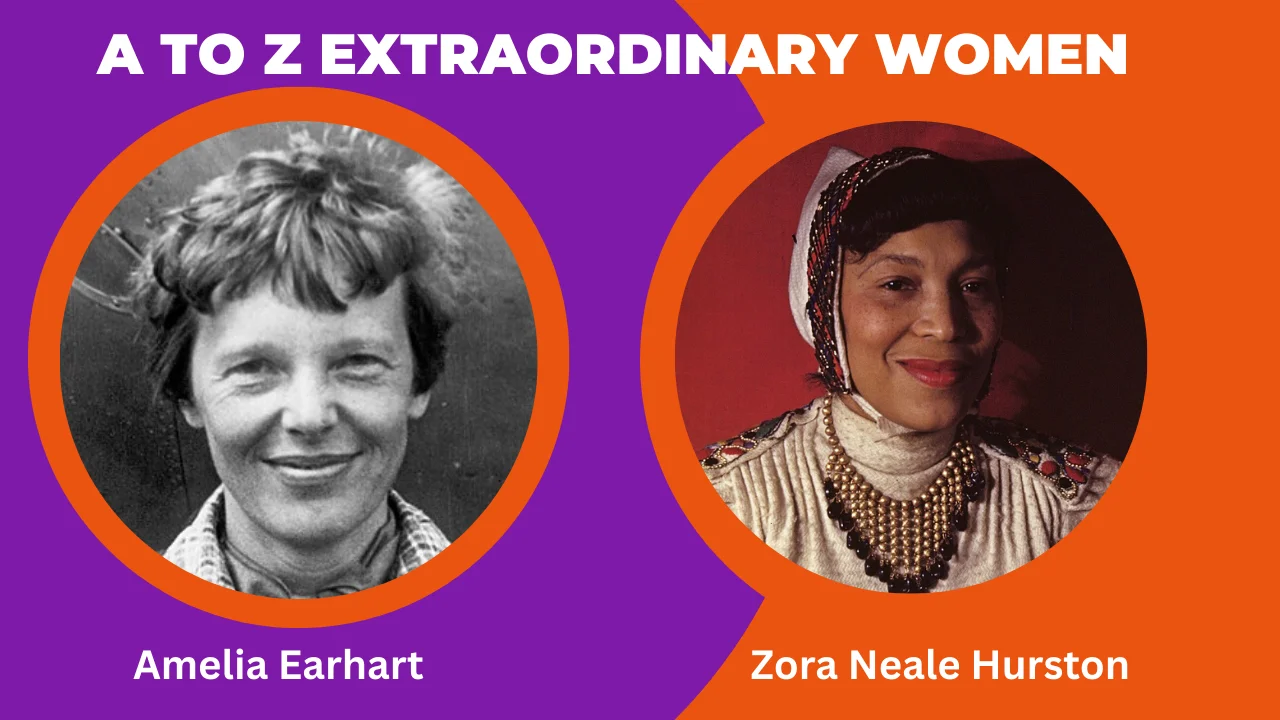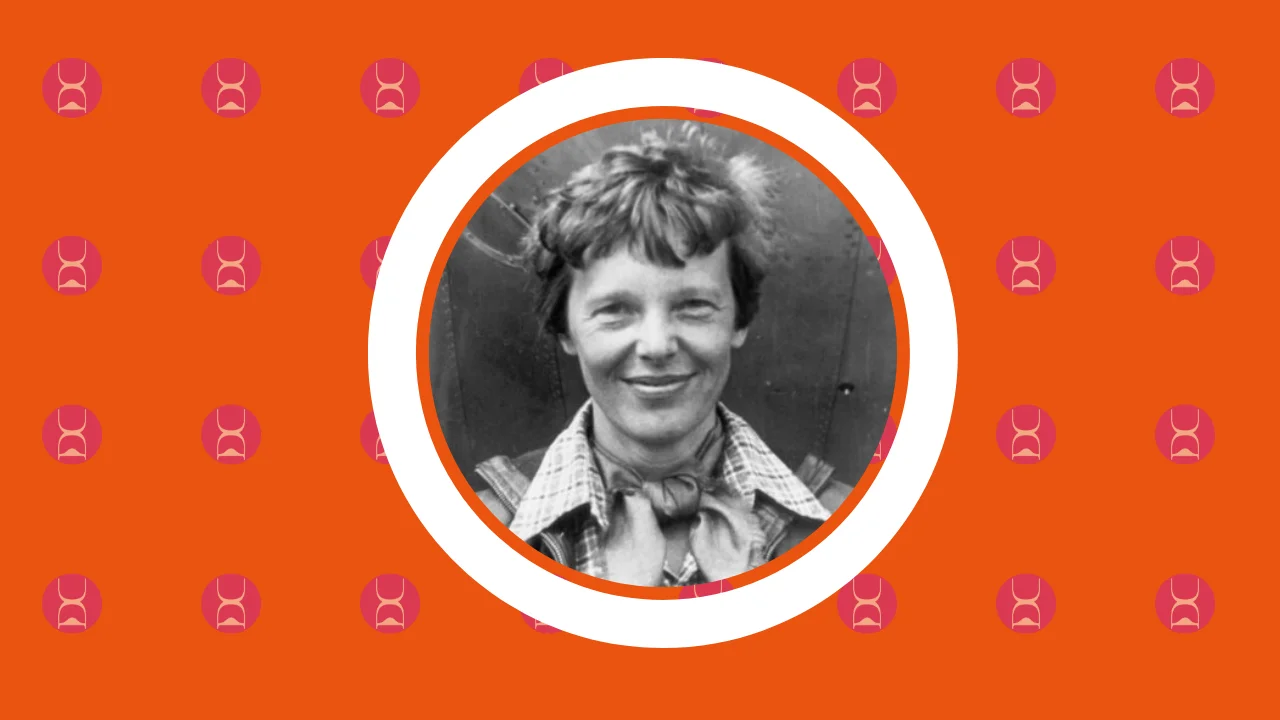Life and Lessons from Stephen Hawkings
15 Feb 2025
scientist, Featured

Stephen Hawkings was a brilliant physicist who made a big impact on science and culture. His life story, from a curious child to a famous theoretical physicist, showed what a resilient and smart human he was.
He was born on January 8, 1942, in Oxford, England. He loved learning about the universe from a young age because his family valued education. His parents, Frank and Isobel Hawking, were both smart and educated people. His mom got into Oxford University in the 1930s, a time when few women went to college. His dad was a well-respected medical researcher.
The Hawking family was a bit unusual. They ate dinner in silence, each reading a book. Their car was an old London taxi, and their house was always in need of repairs. They even kept bees in the basement and made fireworks in the greenhouse!
Stephen went to St. Albans School and studied physics at Oxford University, where his intellect started to blossom. While studying at Cambridge University, he was diagnosed with ALS, a disease that affects muscles, when he was 21. Doctors said he might only live a few more years, but Hawking proved them wrong. He showed incredible courage and determination to keep going.
Early Career and Black-Hole Research
In school, Stephen Hawking wasn’t among the top students initially, ranking low in his class at St. Albans School. Yet, outside of classes, he showed a passion for games and built a computer with friends to tackle math problems during his teenage years.
At 17, he entered University College, Oxford, aiming to study mathematics. However, as Oxford didn’t offer a math degree, he shifted his focus to physics, particularly cosmology. Despite not dedicating much time to studying, he graduated with honors in natural science in 1962 and proceeded to pursue a Ph.D. at Cambridge University.
Commencing his Ph.D. journey at Cambridge in 1962, he initially wanted to work with Fred Hoyle, a renowned astrophysicist, but couldn’t. Instead, he teamed up with Dennis Sciama. That same year, he received the devastating diagnosis of ALS, with doctors predicting a mere two years left to live.
Despite his physical decline due to ALS, his mental acuity remained intact. Even as he faced challenges in movement and speech, his commitment to research persisted. His engagement to Jane Wilde (his first wife) reignited his drive to push the boundaries of physics. His affiliation with the Institute of Astronomy in Cambridge marked the inception of his venture into theoretical physics.
Despite obstacles in funding and personal conflicts, Hawking’s unwavering focus on black hole studies garnered widespread attention. Collaborating with peers like Brandon, his work on black holes and the groundbreaking revelation of Hawking radiation challenged established scientific conventions, significantly advancing theoretical physics. This period proved pivotal in cementing his stature as a prominent figure in astrophysics.
Scientific Contributions and Achievements
Hawking’s discoveries about black holes, especially his findings on their surface area and ideas about how black holes fade away, revolutionized scientific thinking. His theories, like the idea that a black hole’s surface area can’t reverse and that it emits radiation, shook up what scientists believed and connected elements of both general relativity and thermodynamics. These breakthroughs brought him considerable attention in the scientific world. He received prestigious honors like being a member of the Royal Society and getting recognized by respected groups like the Pontifical Academy. Hawking’s book “A Brief History of Time” added to his renown by explaining difficult scientific ideas in a way that more people could understand.
“Stephen Hawking has done more to advance our understanding of gravitation than anyone since Einstein”
Sean Carroll – Theoretical Physician, Caltech
Personal Life and Struggles
Hawking’s personal life was as significant as his academic achievements, marked by deep relationships and family experiences. His marriages to Jane Wilde and later to Elaine Mason revealed the human side of this scientific icon, illustrating his personal struggles and triumphs.
His marriage to Jane was affected by the challenges of his declining health due to ALS. His reluctance to discuss his illness and his intense focus on work created strains in their relationship, causing growing tension and emotional distance over time. Hawking’s insistence on being self-reliant despite his physical limitations affected his family dynamics and strained relationships.
The difficulties arising from Hawking’s worsening health and his initial refusal of outside help strained family bonds. His changing needs clashed with his determination to be independent, leading to tensions. However, when he eventually accepted professional nursing care, it became a crucial turning point, altering his care routine and reshaping family interactions and support.
As ALS progressed, it limited Hawking’s movement and speech, confining him to a wheelchair and necessitating a speech-generating device. Surprisingly, his disability didn’t deter his scientific pursuits; instead, it fueled his determination to delve deeper into understanding the mysteries of the universe.
[Travel to Infinity: My Life with Stephen: The True Story Behind The Theory of Everything]
ALS, Advocacy and Technological Adaptation
At 21, Hawking received a diagnosis of ALS, a condition that weakens muscles by affecting nerve control. Doctors gave him about two and a half years to live.
He first noticed physical issues at Oxford, like falling or slurred speech, but he didn’t investigate until 1963, while at Cambridge. When his father noticed, Hawking underwent numerous tests in a medical clinic for two weeks.
After various tests, doctors confirmed he had the early stages of ALS. This news was devastating, but some incidents prevented him from feeling completely hopeless.
While in the hospital, he shared a room with a boy suffering from leukemia. Hawking reflected that compared to his roommate’s struggles, his situation seemed more manageable.
Shortly after leaving the hospital, Hawking had a dream that he was going to be executed. This dream made him realize there were still things he wanted to accomplish in life.
His illness transformed him into the noted scientist he became. Before his diagnosis, he wasn’t fully focused on his studies. However, knowing he might not live long enough to complete his Ph.D., he immersed himself in his work and research.
As his disease progressed, his physical control diminished, and by 1969, he had to use a wheelchair. However, the effects of the disease started to slow down.
The diagnosis drastically changed his life. Despite the grim outlook, he became a vocal advocate for disability rights and awareness. His personal experiences with ALS and his determination to overcome medical odds inspired others facing similar challenges. His involvement with organizations and his role as Patron of the Association for Motor Neuron Disease emphasized the need for support and research in this field.
Technological Adaptation
During the mid-1970s, the Hawking family brought in one of Stephen Hawking’s graduate students to assist with his care and work. Although he could manage eating and getting out of bed, nearly all other tasks required help.
His speech became more difficult to understand, and by 1985, he permanently lost his voice after a tracheotomy. This situation led to round-the-clock nursing care for the renowned physicist.
This change posed a challenge to his ability to work. Luckily, a computer programmer from California noticed the predicament and created a speaking program controlled by head or eye movements. This innovation enabled Hawking to choose words on a computer screen that a speech synthesizer then vocalized.
Initially, he used a handheld clicker to select words, later transitioning to controlling the program with a cheek muscle attached to a sensor as he lost control over most of his body.
With the aid of assistants, Hawking continued writing extensively, producing scientific papers and content accessible to non-scientists, thanks to this technology.
This advanced technology lessened the monotony of his time in the hospital and enabled him to stay connected with the world outside. Despite losing the ability to write in the late 1960s, he tackled learning the new computer system with the same determination he applied to mastering complex equations. This device allowed him to communicate beyond his immediate circle, deliver lectures independently, and express his thoughts without needing an interpreter. Although his synthesized speech was slow due to word selection, it empowered him to write letters, give lectures, and work on his book autonomously.
Return to the Scientific Forefront
Despite enduring numerous health crises, Hawking’s determination led to his resurgence in the scientific arena. His active participation in workshops, lectures, and groundbreaking discussions reaffirmed his status as a preeminent authority in theoretical physics. This resurgence not only highlighted his intellectual prowess but also demonstrated his unwavering commitment to advancing the frontiers of scientific knowledge.
Hawking’s fame soared globally due to his relationship with the media, transforming his name into a household word. His public engagements, including documentaries and talks, became opportunities to advocate for important causes like disability rights and nuclear disarmament. He utilized his fame to support various charities, such as the Motor Neuron Disease Association and Leukaemia Research, and campaigned vigorously for disabled rights, challenging institutions to implement accessibility measures.
His bestselling book, “A Brief History of Time,” was a literary phenomenon that appealed both to scientific intellectuals and the general public. Hawking skillfully bridged the gap between scientific complexity and popular interest, effectively placating the scientific intelligentsia while captivating readers with the mysteries of the universe. His success in balancing these extremes reflected not only his intellectual triumph but also his resilience in the face of physical adversity.
Stephen Hawking’s utilization of technology to communicate, engage with the public, continue his scientific contributions, and advocate for important causes became an integral part of his legacy, showcasing his determination, intellect, and profound impact on both scientific and societal fronts.
[Travel to Infinity: My Life with Stephen: The True Story Behind The Theory of Everything]
Recognition and Awards
Stephen Hawkings received numerous prestigious honors for his contributions to physics. He became a fellow of the Royal Society in 1974, one of its youngest members at the time. Holding a professorship in gravitational physics at Cambridge by 1977, he was later appointed to the renowned Lucasian professorship of mathematics, a position previously held by Isaac Newton. He was honored as a Commander of the Order of the British Empire (CBE) in 1982 and a Companion of Honour in 1989. Among other recognitions, he was awarded the Copley Medal from the Royal Society in 2006 and the U.S. Presidential Medal of Freedom in 2009. In 2008, he accepted a visiting research chair at the Perimeter Institute for Theoretical Physics in Canada.
His notable publications include several influential works such as “The Large Scale Structure of Space-Time” (1973), “Superspace and Supergravity” (1981), “The Very Early Universe” (1983), and his best-selling books like “A Brief History of Time” (1988), “The Universe in a Nutshell” (2001), “A Briefer History of Time” (2005), and “The Grand Design” (2010, coauthored with Leonard Mlodinow).
Hawking, known as one of the most recognizable scientists of modern times, achieved iconic status. His groundbreaking book “A Brief History of Time” sold over 10 million copies and was translated into more than 35 languages. He made appearances in popular shows like Star Trek: The Next Generation, The Simpsons, and The Big Bang Theory. His life inspired an Oscar-winning portrayal by Eddie Redmayne in the 2014 film The Theory of Everything. Beyond his scientific expertise, he was sought after for opinions on various topics, from time travel and extraterrestrial life to geopolitical matters and robotics. His endearing sense of humor and daring attitude, combined with his exceptional intellect, made him an immensely marketable figure.
However, his cultural prominence, magnified by his disability and the media frenzy it generated, often overshadowed his scientific achievements. It’s regrettable that his immense scientific legacy sometimes took a back seat. He contributed significantly to our understanding of the universe, potentially uncovering crucial clues to the theory of everything, influencing physics for decades, and driving fundamental physics forward.
Hawking’s passing in 2018 marked the end of a theoretical physics era, but his legacy remains. His impact on science and advocacy for disability rights left an enduring mark. His life serves as a symbol of hope, illustrating the boundless potential of the human intellect, resilience, and thirst for knowledge.
In conclusion, Stephen Hawking’s life exemplified the power of the human mind, showing that physical limitations need not restrict the vastness of one’s intellect. His legacy continues to inspire scientists and enthusiasts, ensuring that his brilliance will forever shine in the exploration of the cosmos.
Three Strong Life Lessons from Stephen Hawkings
- Perseverance and Resilience: Despite facing immense physical challenges due to ALS and being given a grim prognosis, Hawking persevered and defied the odds. His determination and resilience in continuing his scientific work despite his debilitating condition are inspiring. This underscores the value of perseverance in the face of adversity, highlighting that with unwavering determination, anyone can overcome seemingly insurmountable obstacles.
- Curiosity and Intellectual Pursuit: Hawking’s insatiable curiosity about the universe and his passion for unraveling its mysteries drove his lifelong pursuit of scientific knowledge. His relentless intellectual curiosity, coupled with an unyielding thirst for learning, emphasizes the importance of nurturing curiosity and pursuing knowledge. It serves as a reminder that a curious mind is a gateway to continuous growth and understanding.
- Impact and Legacy: Stephen Hawkings’ significant contributions to theoretical physics, particularly his groundbreaking work on black holes and cosmology, left an indelible mark on the scientific community. His ability to communicate complex scientific concepts to a wider audience through his books also cemented his legacy. This teaches us about the potential impact of our actions and ideas. It encourages us to strive for contributions that can leave a positive and lasting influence on the world, irrespective of any personal limitations or challenges we might face.
To learn more about Hawking’s Life and Legacy read, Travel to Infinity: My Life with Stephen: The True Story Behind The Theory of Everything by Jane Hawkings
Photo via Amazon UK
Article References
1. https://www.britannica.com/biography/Stephen-Hawking
2. https://www.newscientist.com/article/2053929-a-brief-history-of-stephen-hawking-a-legacy-of-paradox/
3. https://www.biography.com/scientists/stephen-hawking
4. All photos https://edition.cnn.com/interactive/2018/03/world/stephen-hawking-cnnphotos/
Tags
Scientist
Latest Posts
Tags
- Women27
- Scientist9
- Author6
- Inventor3
- Nobel3
- Singer3
- Actor2
- Activist2
- Physicist2




